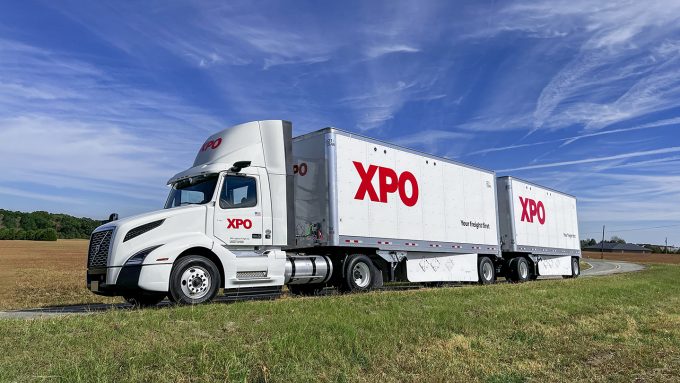The US Line: Where is all the sales talent in freight forwarding?
Perhaps we should go back to basics

As job culls spill over into the less-than-truckload (LTL) sector, XPO has been on a trimming mission that aims to generate annual savings of more than $50m in labour costs.
Other LTL firms have reduced their investment plans for the year in response to uncertainty when the market will see a recovery.
According to chief strategy officer Ali Faghri, XPO’s head count shrank about 1% from Q4 22 to the first quarter of this year, with a bigger reduction in the current ...
Trump tariffs see hundreds of cancelled container bookings a day from Asia
'To ship or not to ship', the question for US importers amid tariff uncertainty
'Chaos after chaos' coming from de minimis changes and more tariffs
Forto 'sharpens commercial priorities' as it lays off one-third of staff
List of blanked transpac sailings grows as trade war heats up and demand cools
EC approves DSV takeover of DB Schenker
'Disastrous' DSV-Schenker merger would 'disrupt European haulage market'
Overcapacity looms for ocean trades – with more blanked sailings inevitable
Amazon Air’s metamorphosis: 'a different air cargo unit from two years ago'
Shippers in Asia restart ocean shipment bookings – but not from China
India withdraws access for Bangladesh transhipments, in 'very harmful' decision
'Tariff hell' leaves industries in limbo – 'not a great environment to plan'


Comment on this article